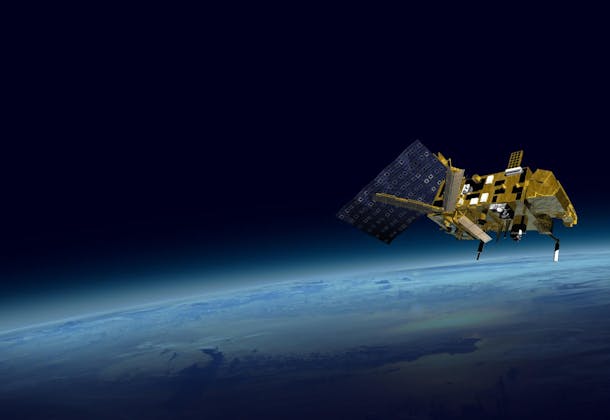Keck Telescope – MOSFIRE
Keck telescopes are among the world’s largest optical/near-infrared telescopes currently in use. A slit mask for the world’s largest telescope.
James Webb Space Telescope
Hubble's successor to seek out the first stars and galaxies that appeared following the Big Bang and to study planetary systems and the origins of life. CSEM's teams worked on a programmable slit mask.
Cerro Paranal
The Cerro Paranal Astronomical Observatory (ESO) is home to the famous Very Large Telescope (VLT), the world's most advanced optical instrument. Several of CSEM's devices have been installed at this exceptional site: Hexapods for auxiliary telescopes, compensating for atmospheric disturbances with NAOS, and actuators for a large-scale hexapod.
SOFIA
SOFIA, the Stratospheric Observatory for Infrared Astronomy, is the first airborne telescope that can be used to observe and study space from any point in the stratosphere. The airborne observatory in search of extraterrestrial worlds. CSEM was commissioned to build a complete back-up secondary mirror.
Exoplanet
Searching for exoplanets with a laser frequency comb. Working with the University of Geneva, CSEM developed a laser frequency comb to ensure the measurement performance and calibration of spectrographs.
LISA mission
Unlocking the secret of gravitational waves is the goal of LISA, the first space-based gravitational wave observatory. Together with RUAG Space, CSEM developed the Point Ahead Angle Mechanism (PAAM). CSEM has been developing and testing the measurement tools required for the certification of flight prototypes and models developed by NASA in both Europe and the US.
StarPicker
A cryogenic positioning system for pick-off mirrors to accurately place and adjust these mirrors on a telescope's potentially curved focal plate.



